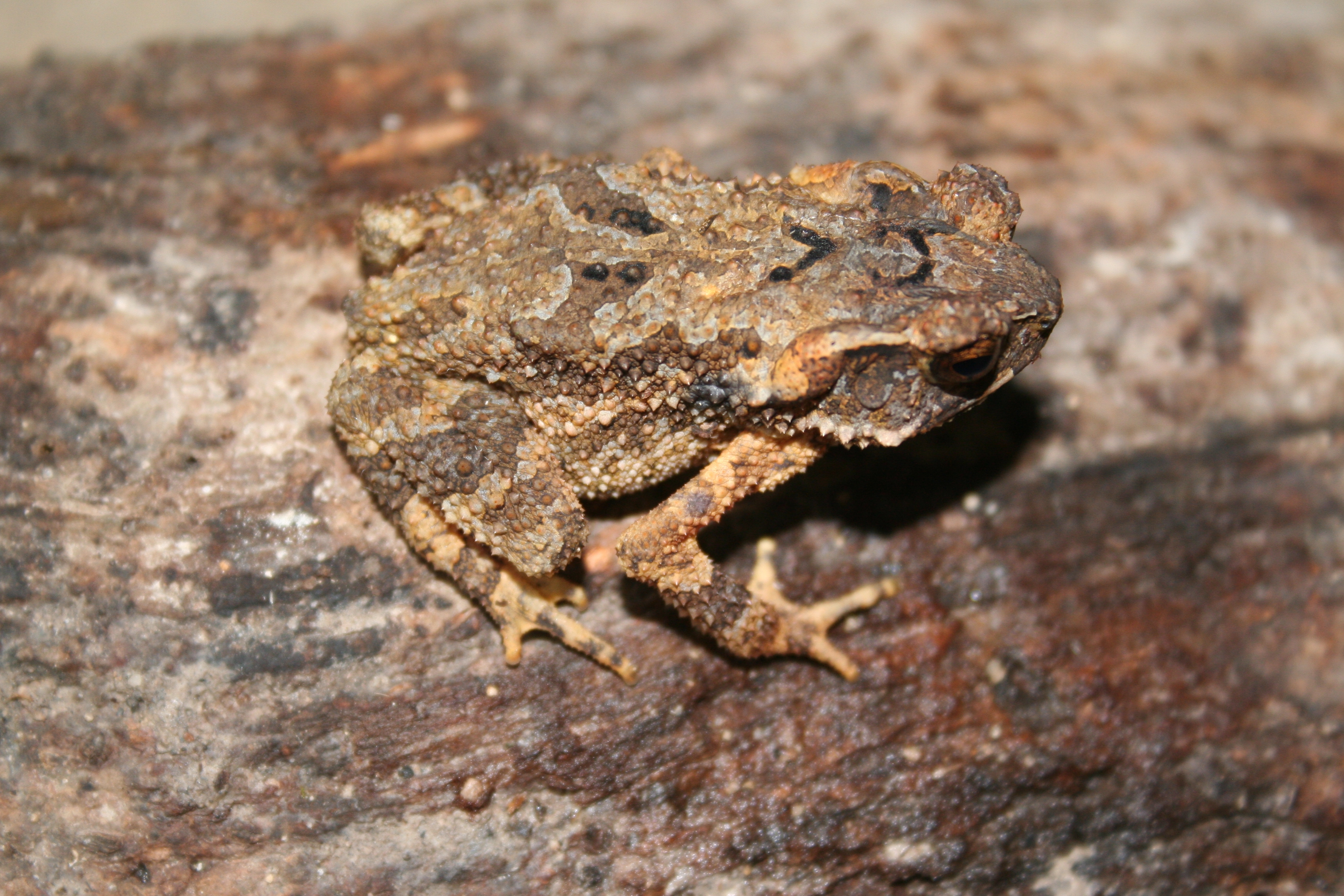| Citation |
IUCN SSC Amphibian Specialist Group. 2017. Ingerophrynus galeatus. The IUCN Red List of Threatened Species 2017: e.T54645A113955676. https://dx.doi.org/10.2305/IUCN.UK.2017-2.RLTS.T54645A113955676.en. Downloaded on 09 September 2020. |
Description |
JUSTIFICATION
Listed as Least Concern as this species is relatively widespread, with an estimated extent of occurrence (EOO) of 609,844 km2 in six threat-defined locations.
RANGE DESCRIPTION
This species is currently known from 400–1,060 m Asl across much of Viet Nam (Hendrix et al. 2008, Hendrix et al. 2009, Nguyen et al. 2009, Tran et al. 2010, Hecht et al. 2013), central Lao PDR (Stuart 2005), and eastern Cambodia (Günther 1864, Stuart et al. 2006). These are unlikely to represent the actual limits of the species range as similar habitat and elevations to those in the species known localities extend into adjacent parts of northern and southern Lao PDR as well as southern China. Further surveys in these areas may uncover its presence, therefore its range has been projected beyond known sites to include these areas of suitable habitat. The species estimated EOO is 609,844 km2, which represents six threat-defined locations.
DESCRIPTION
The size of this species population is not well known, however it has been detected in a considerable number of surveys (e.g. Günther 1864, Stuart 2005, Stuart et al. 2006, Hendrix et al. 2008, Hendrix et al. 2009, Tran et al. 2010, Hecht et al. 2013). It is likely that ongoing forest loss associated with expanding agriculture throughout Southeast Asia (Meyfroidt and Lambin 2008, Sodhi et al. 2009, Meyfroidt et al. 2013) is causing some population declines, and the species is listed as Rare in the 1992 Viet Nam Red Data Book (Tran et al. 1992). There is a captive population of the species in Latvia (Thomas Ziegler pers. comm. March 2012). Further surveys are needed to determine its population trends in the wild.
HABITAT AND ECOLOGY
This species is associated with hilly evergreen and evergreen mixed with deciduous or bamboo forest (Stuart 2005, Stuart et al. 2006, Hendrix et al. 2009), and has been observed in or adjacent to flowing streams (Stuart 2005, Hendrix et al. 2009) and pools on the bed of ephemeral creeks (Stuart 2005). In Viet Nam, reproduction presumably occurs around the middle of the year as both larvae (Hendrix et al. 2009) and a juvenile (Hecht et al. 2013) have been observed in June. The species breeds in flowing streams (Hendrix et al. 2009). Habitat throughout much of this species range is undergoing a continuing decline in quality and extent due to the effects of expanding agriculture (Meyfroidt and Lambin 2008, Sodhi et al. 2009, Meyfroidt et al. 2013).
THREATS
Habitat loss and degradation due to rapidly expanding agriculture is an ongoing threat to biodiversity throughout Southeast Asia (Sodhi et al. 2009). In the Central Highlands of Viet Nam, this is particularly pressing; large areas of forest are converted to agricultural land to grow cash crop plantations (e.g. rubber, coffee and tea) (Meyfroidt and Lambin 2008, Meyfroidt et al. 2013). High rates of deforestation for logging, and agricultural encroachment on natural forest are also ongoing in much of Lao PDR and Cambodia (Sodhi et al. 2009). Other causes of habitat degradation in eastern Cambodia are the illegal removal of certain tree species for the harvest and refinement of safrole oil, as well as increasing human settlement, both of which are ongoing within protected areas (Ohler et al. 2002, Bradfield and Daltry 2009). Therefore this species is very likely threatened to some degree by habitat loss.
USE AND TRADE
There are no reports of this species being utilized.
CONSERVATION ACTIONS
Conservation Actions
This species is known from a number of protected areas: in Viet Nam, it occurs in Phong Nha - Ke Bang National Park (Hendrix et al. 2008, Hendrix et al. 2009) and Tay Yen Tu Nature Reserve (Hecht et al. 2013); in Lao PDR, it occurs in Hin Nam Ho and Nakai Nam Theun National Biodiversity Conservation Areas (Stuart 2005); and in Cambodia it occurs in Seima National Biodiversity Conservation Area and Virachey National Park (Stuart et al. 2006). A considerable number of other protected areas are included in parts of this species predicted range, from which it is known or expected.
Conservation Needed
Increased protection of some of its localities and habitat may also be needed in order to mitigate declines (Jeremy Holden pers. comm. March 2012).
Research Needed
In order to ensure the species long-term survival, the lack of data must be addressed; research should be carried out to determine its relative abundance and threats. |

